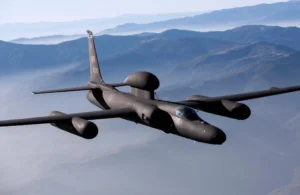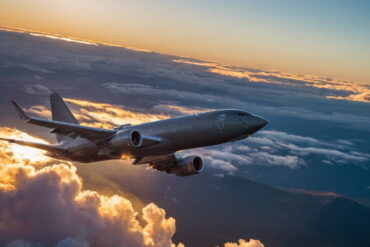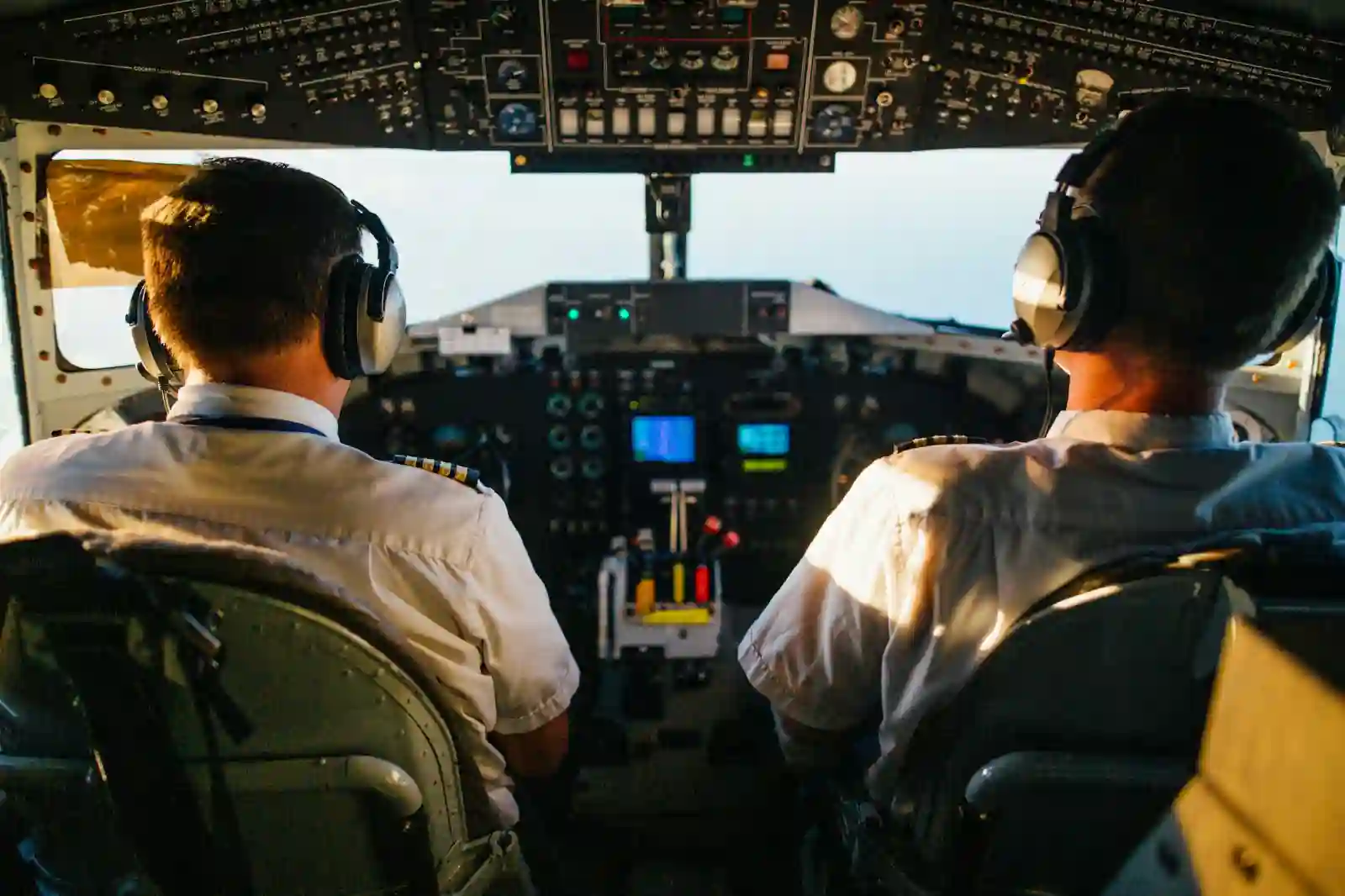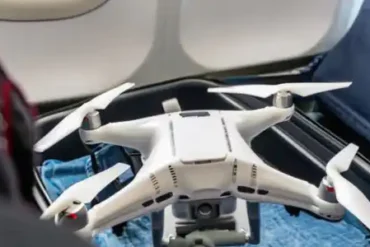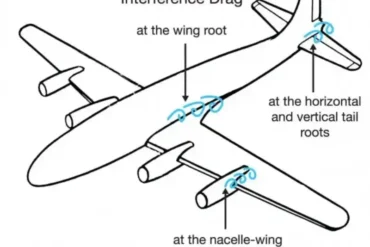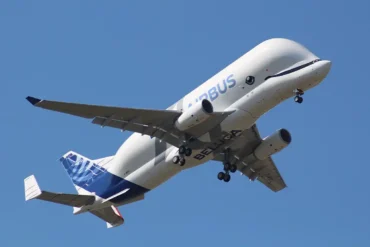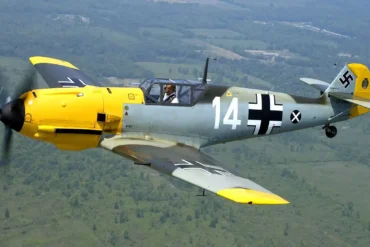Flying the U-2 remains a really tricky challenge, making it one of the most demanding aircraft in the world.
Overview
- The Lockheed U-2, famously known as the Dragon Lady, is a truly unique reconnaissance aircraft with a rich history dating back to 1956.
- It was created because the United States needed better ways to gather intelligence, especially on the Soviet Union.
- Soaring high above 70,000 feet, the U-2 plays a crucial role in delivering both imagery and signals intelligence to help decision-makers in the military and civilian worlds.
Exploring the worlds of intelligence and spy planes is pretty fascinating for aviation enthusiasts. The U-2, nicknamed the Dragon Lady, stands out as an extraordinary reconnaissance aircraft in the huge US Air Force fleet and globally.
The U-2s have been in service since 1956, consistently providing invaluable intelligence to the Central Intelligence Agency (CIA). However, according to US Air Force plans, the U-2 spy planes are expected to complete their aerial surveillance operations within the next three years, coinciding with the program’s 70th anniversary in 2026.
Crafted to Keep an Eye on the Soviets
After World War II, the United States was really worried about the influence and espionage activities of the Soviet Union. The main goal was to understand the Soviet military’s capabilities and intentions. During this time, the most valuable intelligence on Soviet facilities came from images captured by Germany’s Luftwaffe during WWII, focusing on the territory west of the Ural Mountains.
Considering the need for better intelligence through aviation, a committee led by top officials from the Air Force met in the 1950s. They proposed developing a plane with advanced optics that could fly above 70,000 feet (21,300 meters) to avoid detection by existing Soviet fighter planes.
It’s important to note that existing US reconnaissance planes, like the Boeing RB-47, were vulnerable to Soviet anti-aircraft artillery, missiles, and fighters like the MiG-17, which could reach an altitude of 45,000 feet (13,700 meters). Among US allies, the English Electric Canberra held the altitude record, reaching 48,000 feet (14,600 meters) after the war.
Responding to the Air Force’s vision, Lockheed submitted a proposal that led to the development of the reconnaissance aircraft under Clarence Johnson’s guidance in the company’s secret Skunk Works division. The iconic spy plane made its debut in 1956, with a total production of 104 U-2 units until 1989.
The U-2 aircraft has been instrumental in reconnaissance missions. In the early 1960s, images captured by the Dragon Lady confirmed the presence of Soviet nuclear-armed missiles in Cuba. However, the aircraft faced challenges, such as the 1960 incident when the Soviet Air Defense Forces shot it down during a deep photographic aerial reconnaissance mission over Soviet territory.
Soaring at 70,000 Feet, Day and Night
Operating non-stop, day and night, 24/7/365, the U-2 continues to provide direct assistance to the US and its allies. It gives crucial imagery and signals intelligence to decision-makers at all stages of conflicts, from peacetime to low-intensity conflicts and large-scale hostilities. NASA has also used the U-2 for diverse missions, including recent flights into thunderstorms to study super-energetic gamma rays.
With a single pilot and engine, the U-2 routinely operates at altitudes above 70,000 feet, requiring the use of a full-pressure suit similar to those worn by astronauts. Because of its low-altitude handling characteristics, bicycle-type landing gear, and limited cockpit visibility, precise control inputs and the help of a second pilot for radio communication during landing are essential.
The U-2 uses a lightweight and fuel-efficient General Electric F118-101 engine, eliminating the need for mid-air refueling during extended missions. With a maximum range of 6,090 nautical miles (11,100 kilometers), the U-2 has undergone upgrades over the years while maintaining a fundamental cockpit design that hasn’t changed for four decades. Designed for operation in all weather conditions, at any time, the U-2 remains a stalwart in the realm of aerial reconnaissance.
